Research Impact
Dilanthi is committed to producing diverse research excellence that will have a powerful impact on the wider world including work of direct relevance to the needs of commerce, industry, and to the public and voluntary sectors; and my research that is published, disseminated, and made publicly available in the form of assessable research outputs and reports. It also includes an effect on, change or benefit to the activity, attitude, awareness, behaviour, capacity, opportunity, performance, policy, practice, process or understanding; of an audience, beneficiary, community, constituency, organisation, or individuals; in any geographic location whether locally, regionally, nationally, or internationally; and the reduction or prevention of harm, risk, cost or other negative effects. She provides strategic advice and practical guidance based on rigorous research, informed by industry and community members, and use advocacy and public engagement as pathways to our impact.
REF case studies
I co-led and contributed two impact case studies to the University of Huddersfield’s submission to the UK Research Excellence Framework exercise, in Unit of Assessment 13: Architecture, Built Environment and Planning. These case studies reflect the effect of my research on change or benefit to the economy, society, culture, public policy or services, health, the environment or quality of life, beyond academia. Both cases were rated as world-leading and outstanding (4* and 3.5*) impacts in terms of their reach and significance. The two impact case studies can be viewed online at the REF website:
- Improved capacities and standard operating procedures for tsunami early warning in Indian Ocean countries: (https://results2021.ref.ac.uk/impact/477b2672-6206-4bc9-8cbb-7a4cf3f1b4f6?page=1)
- Informing policy and practice of international organisations, governments and the construction industry on the development of disaster-resilient buildings and infrastructure : (https://results2021.ref.ac.uk/impact/6d31ea13-184d-44e8-b5ed-6b6ecfe92a7a?page=1)
At the University of Salford, I co – led an impact case study on: The development of a disaster-resilient built environment, as part of the 2014 REF Exercise: https://impact.ref.ac.uk/casestudies/CaseStudy.aspx?Id=19549
Awards
Related to the research/policy-making interface, a substantial part of my external engagement has been in developing substantive policies that shape the strategies and actions of international policy-facing organisations, and I have worked to get the findings from my work and their implications for policy and practice widely disseminated via policy-facing and advisory publications, and toolkits. I have achieved international recognition for this, as demonstrated by:
- Prestigious 2019Newton Prize (with Richard Haigh from the University of Huddersfield and Harkunti Rahayu from ITB, Indonesia). We are the winning team amongst 150+ projects. Newton Prize recognises the best research and innovation projects which create an impact socially and economically, between Indonesia and the United Kingdom from 2016 to 2019. Our winning entry was based on our “Mainstreaming Integrated DRR and Climate Change Adaptation into Coastal Urban Agglomeration Policy” project and our new proposal which investigates “Developing and harmonising local tsunami early warning”. Newton delivery partners were: the Royal Academy of Engineering, Medical Research Council, UKRI, ESRC, British Council, EPSRC etc. Prize is supported by the UK’s Department for Business, Energy and Industrial Strategy (BEIS), Newton Fund and Global Challenges Research Fund (GCRF).
- His Excellency the President of Sri Lanka Award from His Excellency, Maithreepala Sirisena, the President of Sri Lanka, for the contribution to Disaster Resilience in Sri Lanka, 23rd August 2018.
- Winner of the UALL International Award 2018: An innovative partnership that created change in an international context. For CADRE (Collaborative Action towards Disaster Resilience Education) project for integrating professional and academic knowledge in the construction industry to develop a world class curricular on societal resilience to disasters. UALL International Award recognises innovative engagement, including partnerships, that create change in an international and transnational context. Criteria for assessment included: Innovation and Creativity, Impact and Transferability.
- Runners up of Guardian University Awards 2013 “International Strategy Category” – For the project: “Conflict Prevention through Infrastructure Reconstruction which brought together a creative international collaboration which improved understanding of the relationships between physical infrastructure reconstruction programmes and social cohesion among people affected by conflict, helping local stakeholders deliver conflict-sensitive reconstruction programmes.
- Shortlisted and was a finalist – International Collaboration of the Year 2012–Initiative on Conflict Prevention through Infrastructure Reconstruction, which contributed to conflict mitigation and recovery, and to better understand and develop local capacity to reconstruct housing, public buildings and infrastructure to restore dignity, provide job opportunities and increase social cohesion.
Creating Impact through Research (SELECTION)
A substantial part of my work has been at the interface between research and policymaking, translating knowledge into actionable objectives and communicating scientific knowledge to policymakers, practitioners and the public. My work engages internationally with governments, policymakers and the United Nations as well as with local communities and I have worked with 323 research partners in 67 countries, and together with colleagues, engage and collaborate with the public, business, government and the third sector. Some examples as a selection are provided below:
- 20 Years After – Then and Now. Taking stock of the status of communities relocated in the aftermath of the 2004 Indian Ocean Tsunami in Sri Lanka (2004 – 2024). Based on the findings from a longitudinal study into the impact of relocation on communities 20 years after the tsunami, several measures are recommended for effective relocation, including: Implementing strict quality assurance measures for housing and common infrastructure in Donor-built or Owner-built settlements; Building relocation settlements near the previous settlement; Strengthening the asset portfolio of relocated communities to successfully cope with relocation-related shocks, stresses, and risks. 2025.
- Lead Author of the “UNDRR Regional Assessment Report on DRR for Europe and Central Asia”, where interconnected and complex economies, societies and infrastructure were discussed. It was identified although critical infrastructure assets are subjected to risk assessments in the construction phase, or an environmental impact assessment, external hazards, interdependencies or creation of new vulnerabilities are not typically captured. Climate Chaand environmental degradation are identified as key drivers of risk. 2023
- UNDRR publications on Principles for Resilient Infrastructure, and A green and resilient recovery for Europe. it offers a holistic approach to ensure that resilience is embedded into the planning and implementation of infrastructure projects, and contributes to creating a common understanding of how to improve infrastructure resilience in a risk context of increasingly complex cascading disaster impacts that can occur across the whole infrastructure system.
- Green Building Council of Sri Lanka’s (GBCSL) sustainability rating system was updated so that construction projects address disaster risk as part of wider green development objectives. This included changes to nine of the criteria for the GREENSL® Rating System for Built Environment in Sri Lanka and nine of the criteria for the GREENSL® Rating System for Green and Smart Cities. The research knowledge gaps have also informed the introduction of a module on DRR in the built environment offered as part of the GBCSL’s Associate Professional Training Course for more than 1000 green associate professionals and around 100 green accredited professionals in Sri Lanka, who are now working in the Sri Lankan construction industry. 2019-2020.
- Actively engaged in the Stress test infrastructure resilience in Sri Lanka with UNDRR in enhancing infrastructure resilience through stress testing and in drafting policy recommendations to the Government of Sri Lanka on how to improve the resilience of identified infrastructure sectors. 2022
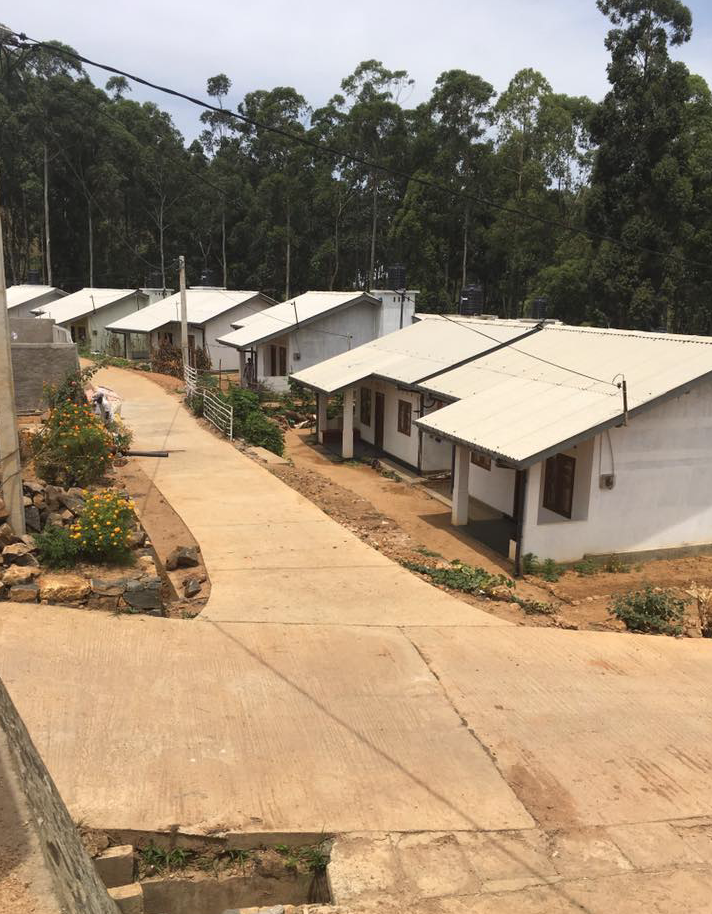

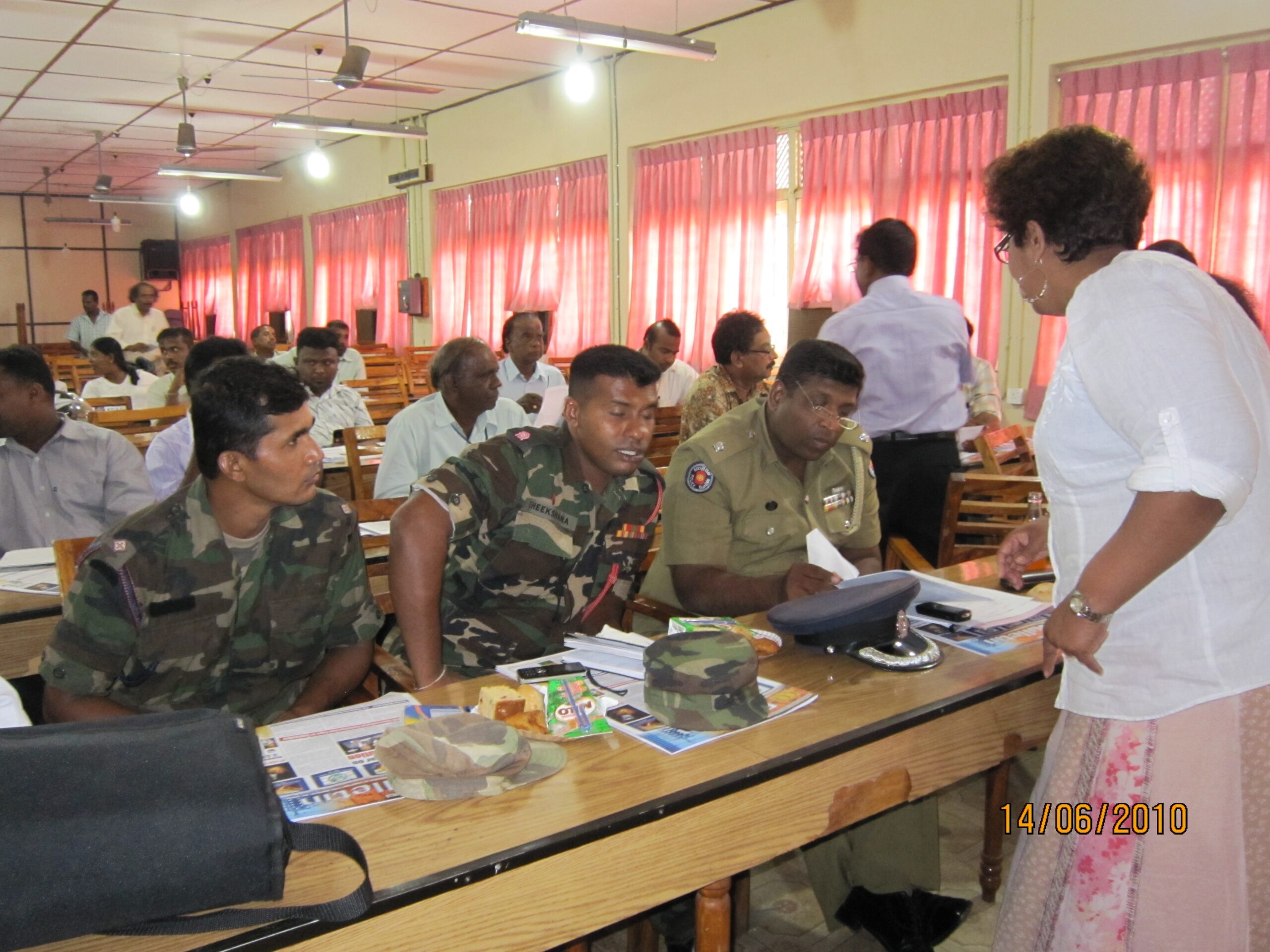
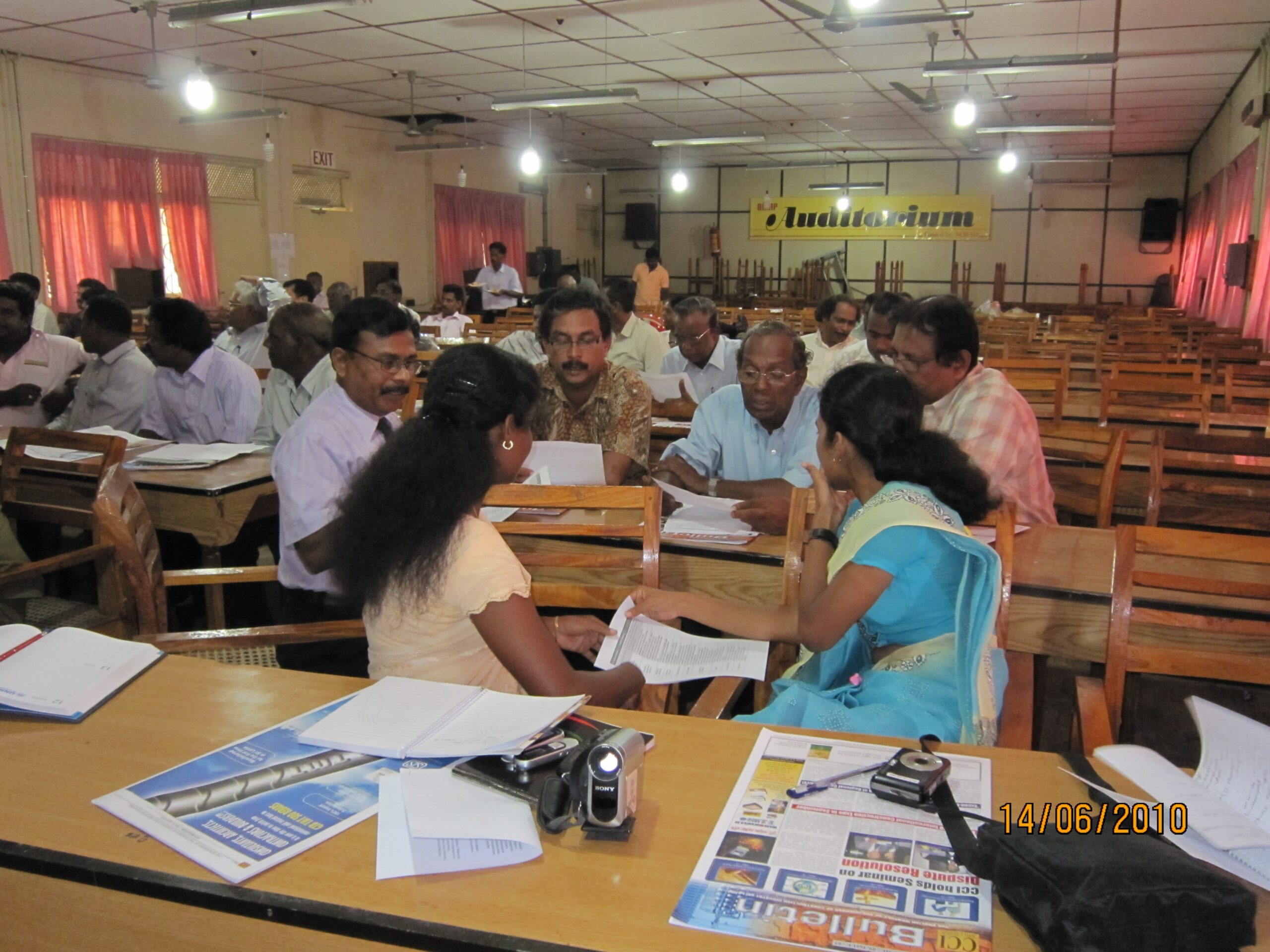
- Lead author of the “Key Insights and Recommendations: Public Health Information Sharing among Underprivileged Groups and Vaccine Hesitancy during COVID-19 Pandemic in Sri Lanka”, together with Ministry of Health Sri Lanka. it investigated social factors that affected vaccine hesitancy during theCOVID-19 pandemic in Sri Lanka; and, explored the challenges of public health information sharing during an epidemic or pandemic among underprivileged groups. 2023
- Pandemic Preparedness and Disaster Risk Reduction in Urban Agglomerations, risk governance in urban agglomerations, multi-level governance arrangement (laws, frameworks and coordination mechanisms) for DRR in Indonesia/ Greater Bandung Metropolitan Area were developed together with the Greater Bandung govt. 2022 – 2023.
- Vision Paper on the Integration of Pandemics into a Multi-Hazard Early Warning (MHEW) Environment for Sri Lanka, in partnership with the Ministry of Health Sri Lanka and several other stakeholders. 2022
- Increased Indonesia’s capacity to tackle environmental threats and develop a clear policy statement on embedding the DRR and climate change adaptation strategies in Indonesia’s development plan in “Mainstreaming Integrated DRR and Climate Change Adaptation into Coastal Urban Agglomeration Policy”. 2021
- Standard Operating Procedures for Sri Lanka’s Tsunami Early Warning System with Ministry of Defence and Disaster Management Centre of Sri Lanka. 2020. This has now been formally adopted in the country.
- Conveyer of the “Colombo Declaration of Multi-Hazard Early Warning and DRR: 2020” , promoting the accessibility and application of science, technology, and research for enhanced multi-hazard early warning and DRR, and supporting the implementation of the Sendai Framework for DRR towards 2030”. Disaster Management Centre of the State Ministry of National Security, Home Affairs and Disaster Management, with other DRR-related Ministries and Technical Agencies of the Government of Sri Lanka, together with other national and international key stakeholders and participating delegates responsible for DRR, December 2020. Formally adopted disaster management policy
- UNDRR “How to Make Cities More Resilient: A handbook for Local Governments”, addressing local governance and urban risk issues, and was designed primarily for the local government leaders and policymakers. Its “Ten Essentials for Making Cities Resilient”, is a tool used by over 6000 municipal governments worldwide, with practical examples illustrating how local governments, together with stakeholders and partners, were able to achieve resilience. It also highlighted the impact of climate change and disasters to be severe in urban centres where exposure is high due to population density and a heavy concentration of critical infrastructure.
- Influence on policy making and implementation of practices that promote socially inclusive integration of disaster risk reduction in post disaster reconstruction activity by informing and shaping a global United Nations campaign, and contributing to the development of resources to enhance professional practice in the humanitarian sector. This impact occurred through input to the capacity development of national and local stakeholders. 2009-2011
- Integration of disaster risk reduction into post disaster reconstruction has shaped and influenced policy made by government and quasi-government bodies by contributing to the UN Making Cities Resilient: ‘My City is getting ready!’ campaign, launched in May 2010, which addressed issues of local governance and urban risk. These principles were incorporated into the ten essential areas for resilience that are being promoted to mayors and local government from over 2900 participant cities across the world. This work has also been used to develop resources to enhance professional practice in the humanitarian sector, where occupational standards do not exist and where there is a need to address the learning and capacity building needs of workers, as identified in ELHRA’s 2010 study on Professionalising the Humanitarian Sector. 2010
- Policy input to the handbook for disaster recovery practitioners that has been developed by the Asian Disaster Preparedness Centre (ADPC) as part of the Global Lessons Learned from Indian Ocean Tsunami Recovery Programme (TGLL), a consortium of five of the hardest-hit countries by the 2004 Indian Ocean Tsunami: India, Indonesia, Maldives, Sri Lanka and Thailand, in addition to the United Nations (UN) and the International Federation of Red Cross and Red Crescent Societies (IFRC). The handbook was the basis of training for a wide range of stakeholders involved in relief and recovery, including the government, UN agencies, the Red Cross, NGOs, academia, civil organisations, donors, technical institutions, and the community. 2008-2010
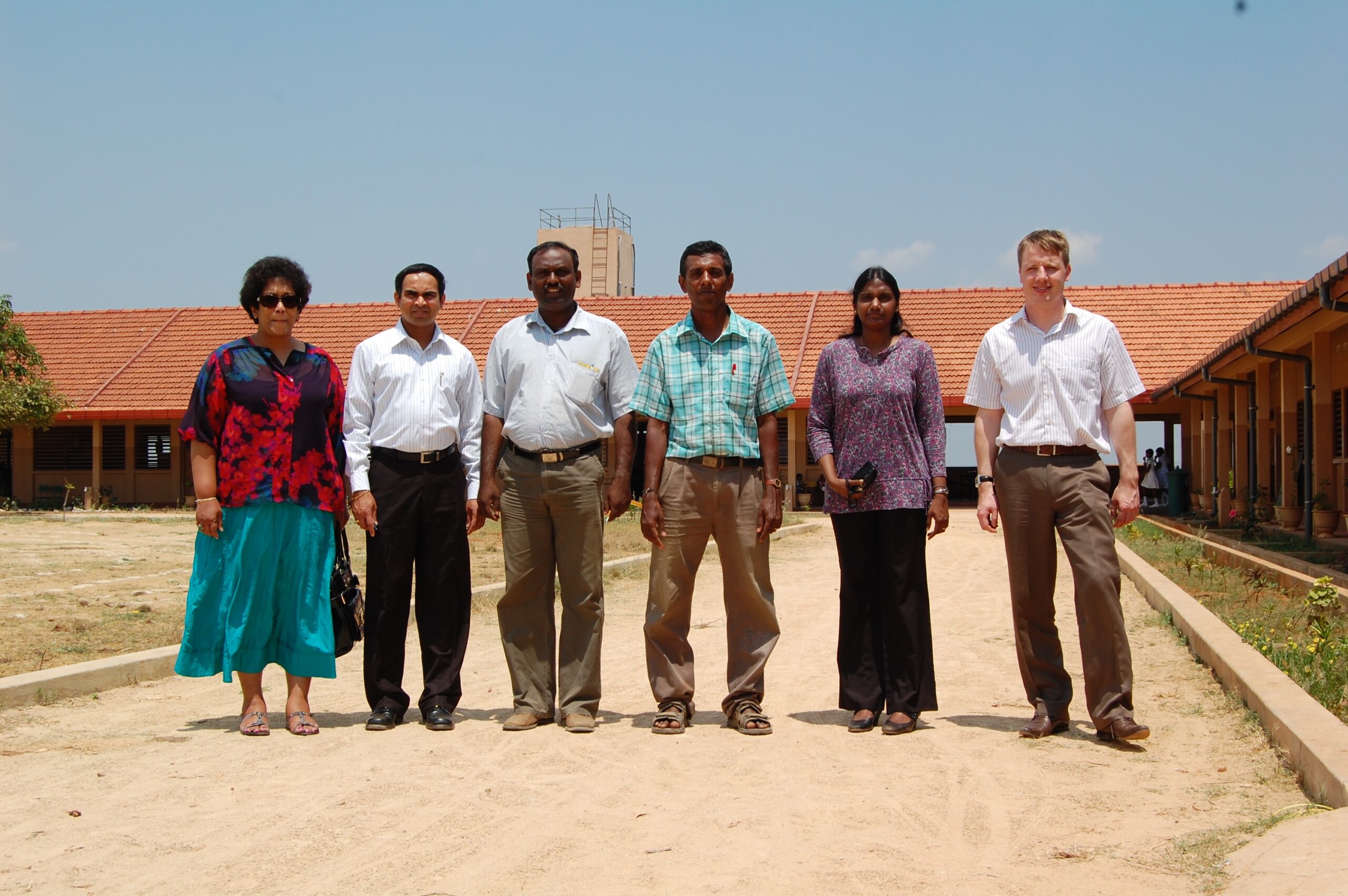
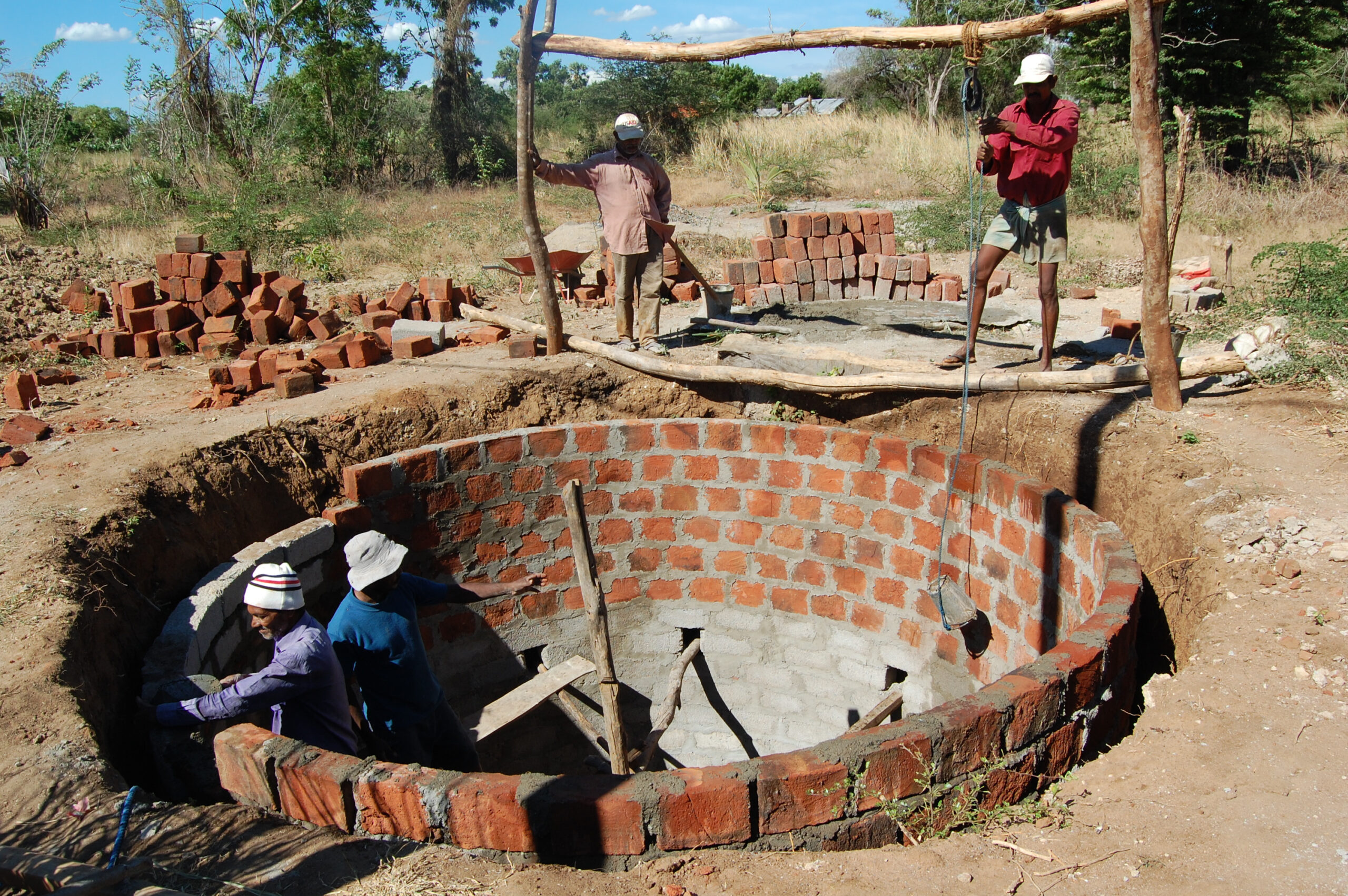
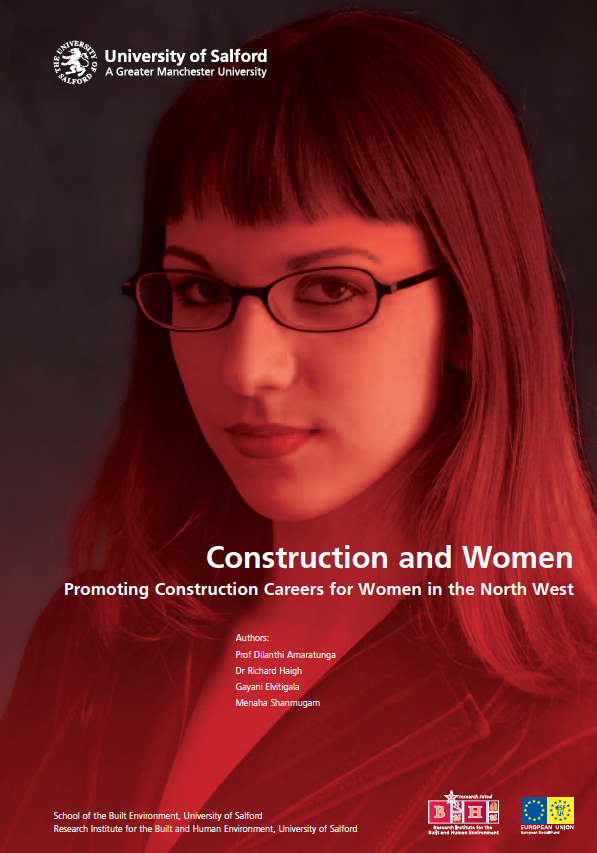
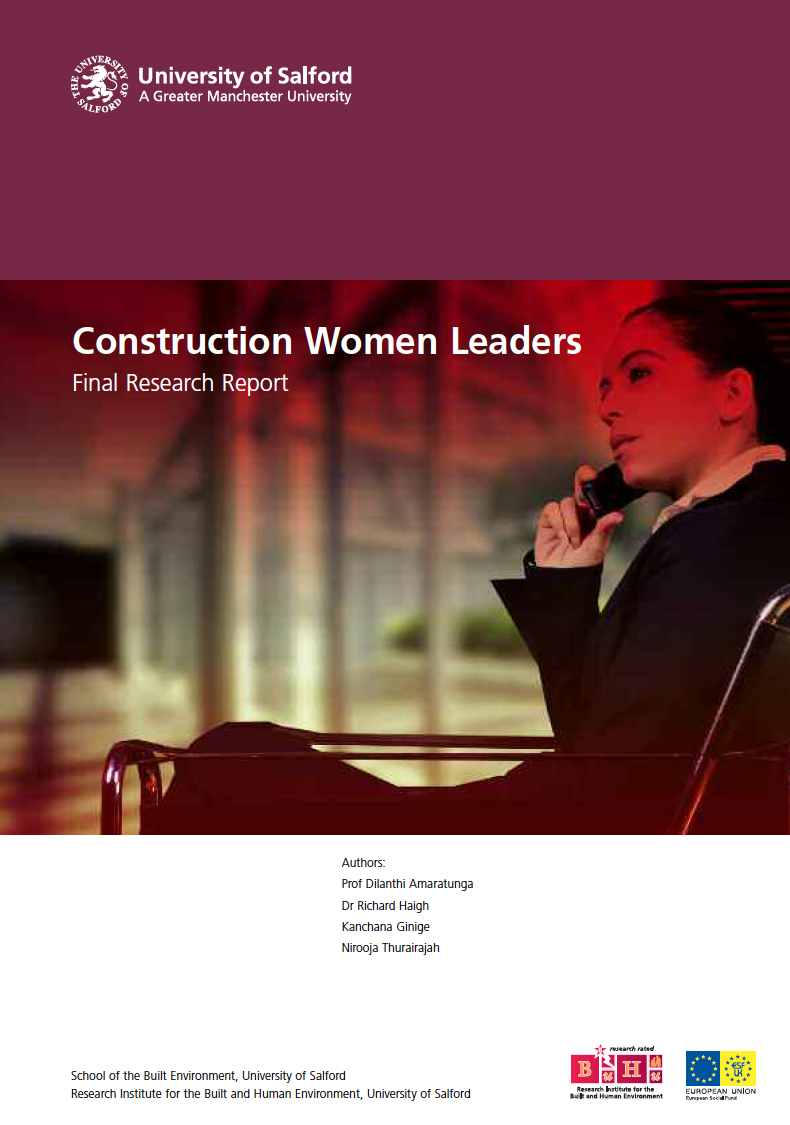
- Conflict and gender sensitive principles for reconstruction have influenced professional standards, guidelines and training in Sri Lanka, a country that has been subject to several large-scale disasters in recent years, including the 2004 Indian Ocean Tsunami and a civil war spanning three decades. 2011 – 2014. It improved understanding of how infrastructure reconstruction programmes affect social cohesion among local communities; Increased awareness of conflict-sensitive reconstruction principles among key stakeholders, including central & local government and the construction industry
- Reconstruction for peace – The construction industry, central to rebuilding that infrastructure – needed to ensure that the needs of culturally-diverse communities, whose members speak a range of different languages, were understood. There was a better understanding of the relationship between physical infrastructure reconstruction programmes and social cohesion among conflict-affected people in the region, and enhanced the capacity of local stakeholders to deliver conflict-sensitive infrastructure reconstruction programmes. It revealed that much of the infrastructure development was externally driven and, with inadequate consultation, did not meet the needs of people who are marginalised. This created or heightened tensions within and/or among ethnic/religious groups. A policy briefing was written and communicated to 60 key stakeholders in order to raise awareness of the findings. 2010- 2011.
- Conflict mitigation and recovery, Helped to better understand and develop local capacity to reconstruct housing, public buildings and infrastructure to restore dignity, and increase social cohesion. It identified the needs and ways to empower women through the physical reconstruction process. Women are frequently marginalised in post-war and post-disaster environments but have a valuable role in helping to sustain peace, while also bringing much needed skills to the construction sector.
- Construction and Women and Constructing Women Leaders have been used to deliver specific research outputs that address the challenge of increasing social equity, inclusion and cohesion in disaster and conflict affected communities through reconstruction, and have been instrumental in raising awareness and understanding of the built environment’s role in enhancing social equity, inclusion and cohesion through reconstruction of the built environment in disaster and conflict affected communities. 2004 – 2007
- Construction Craftsmen Training Programme. Worked with the government ministries and the umbrella body of the local construction industry to identify and address research gaps, and develop local capacity to address challenges. 2010